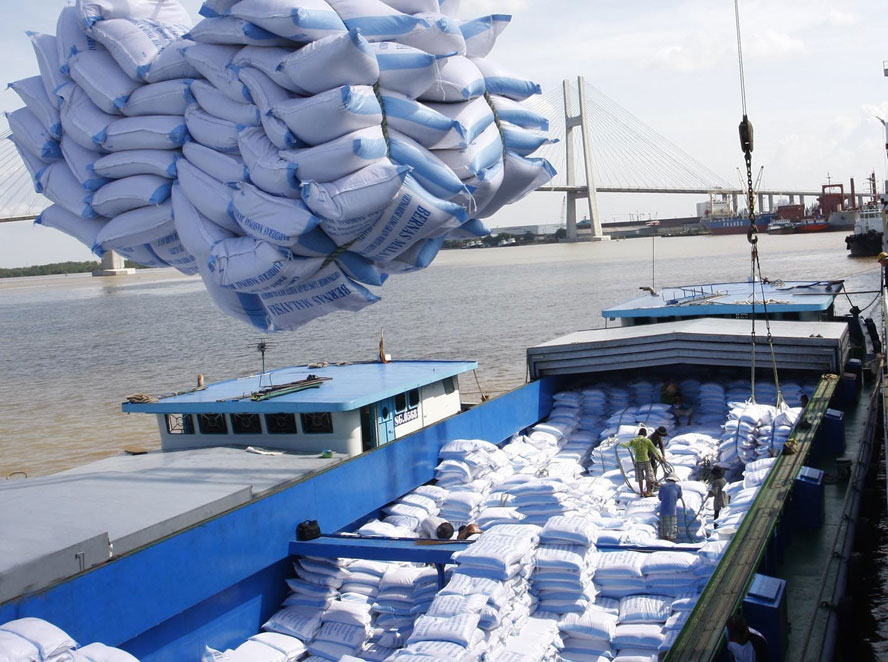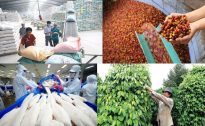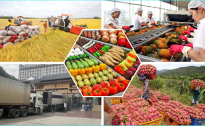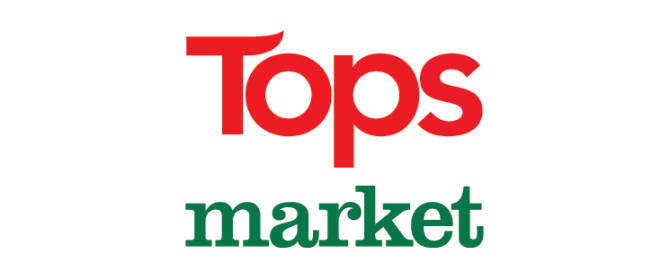
THE PHILIPINES WILL REMAIN VIETNAM’S LARGEST RICE BUYER
08/03/2023Both rice exporters, Cambodia and Thailand, want to “encroach” more into the Philippine market while this country is importing 90% from Vietnam.
On March 2, Vietnam’s 5% broken rice was priced at 448 USD/ton (down 5 USD/ton), Thailand’s price was 458 USD/ton (up 5 USD/ton), India’s price was 440 USD/ton and Pakistan is 458 USD/ton, equal to the price of Vietnamese rice.

Explaining the reason why Vietnam’s rice export prices are falling but Thailand’s rice export prices are increasing, Mr. Do Ha Nam – Vice Chairman of the Vietnam Food Association (VFA), Chairman of the Board of Directors of Intimex Group said that it is because there are many businesses that have signed contracts, but the crop hasn’t arrived in time yet customers request delivery, and there is a shortage of goods, so businesses step up buying, causing rice prices to increase.
After the contracts were delivered, the rice purchasing progress slowed down and the Mekong Delta was in full harvest again. Farmers needed to sell and the rice price dropped again.
The Mekong Delta is harvesting the Winter-Spring crop, rice prices are adjusting to a more reasonable level, so traders from the Philippines, China… increase buying, but they often suppress the price of Vietnamese rice, in In this case, any business that needs to sell will push the goods out, because when the market has abundant supply, it can easily lead to competition to buy and sell, but when the market is hot, they are still willing to buy high.
Is it worrying that Cambodian businesses want to expand into the Philippines?
There is information circulating in the market that Cambodian businesses are negotiating with Philippine traders to invite them to Cambodia to buy rice. So will the Cambodian factor become a drag on Vietnam’s rice industry?
According to the Vice President of VFA, high professionalism is needed in rice trade and in the case of Cambodia, if there are rumors that they invite Filipino traders to buy rice, there is nothing to worry about.
According to Mr. Nam, the professionalism of Cambodian businesses in rice trade is not high, and most of them have the habit of doing business in a “cash for money” style, not buying, selling and paying internationally such as LC or collection. or open books… and their financial situation is not strong, not to mention Cambodia’s processing stage is not high.
Mr. Nam said that to be successful in the market, especially the rice market, the most important thing is reputation, especially never having to say two words to partners, including farmers.
“When we do a reputable business, both buyers and sellers like it, especially when buying rice with farmers, we must weigh it correctly, weigh it fully and pay immediately after weighing the rice, and farmers see where to buy and sell. If you do it properly, they will really enjoy the transaction and will definitely continue to sell it to you in the next rice crop,” said the Chairman of Intimex Group.
Commenting on the rice market in the coming time, Mr. Do Ha Nam said that the demand is still large. When the market has demand, buyers will take the opportunity to buy and cannot force the price of the seller, so the export price of rice will increase. If the aperture is lowered too much, it will not be there.
But if businesses continue to sell massively, it will be disadvantageous, because when demand increases, the amount of Vietnamese rice goods will not be able to fully satisfy the needs of buyers, because the amount of rice exported by Vietnam The South also doesn’t have much, only around 6 million tons of rice/year, while the market is very large and buyers have to buy from many markets.
Favorable year for the rice industry
Although export rice prices on the market have been adjusted downward, they are generally good for farmers and rice export businesses, and this year will be a good year for Vietnam’s rice industry.
According to VFA Vice President, rice prices will fluctuate but real demand is still high and the Philippines, China, Indonesia, and Africa all have high demand. Therefore, the price of exported rice will have opportunities, and the price will increase or decrease depending on the buying and selling price of each time. Currently, the Winter-Spring rice harvest is in full swing, the price tends to decrease, the seller will take advantage of selling, so the buyer will be able to force the price.
“However, it is not correct to say that the price is forced because in commerce there must be agreement between buying and selling, because when supply exceeds demand, the price must of course go down, and when supply is not enough for demand, the price goes up again. The market mechanism always works its way.
Currently, there are many customers looking to buy rice from Vietnam such as China, the Philippines, Africa,… of which the purchase volume from the Philippines is the highest. Not only this year but in the past two years, they are still the largest rice buyers and account for nearly half of Vietnam’s rice exports.
2023 is no exception, the Philippines will still be the largest buyer and this year’s purchase level will revolve around 2.5 million tons of rice,” Mr. Nam said.
In 2022, the Philippines’ rice imports will reach 3.7 million tons in 2022, making the country the second largest rice importer in the world. This number will likely remain roughly the same in 2023.
Of the Philippines’ total rice imports last year, about 90% came from Vietnam. The remaining imports come from Thailand. This country is also hoping that its rice exports to the Philippines are expected to double in 2023.


















